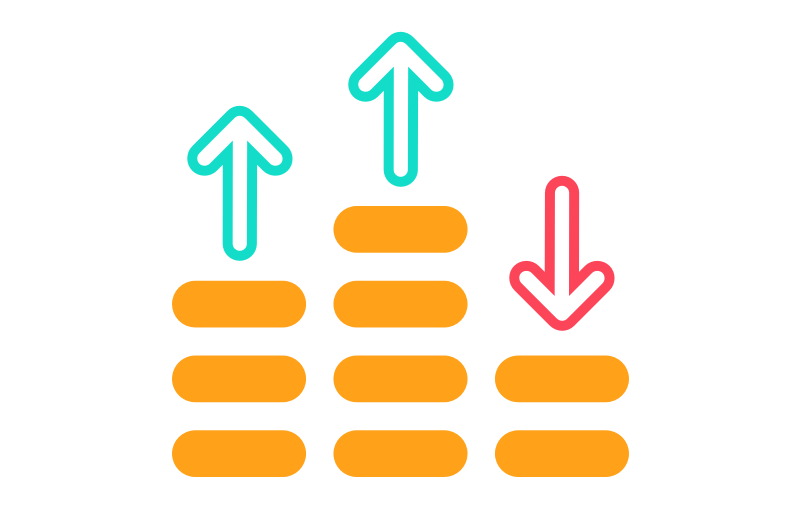How COVID-19 has changed/will change programmatic advertising
Before the pandemic, programmatic advertising was seeing double-digit growth as publishers sought to monetize content and advertisers needed to reach targeted audiences at scale.
Then COVID-19 shook the world, causing marketers to rethink their advertising strategies – including how they approach programmatic.
In a recent Real Time Banter webinar, we talked to Stephanie Layser, vice president of advertising and technology operations at News Corp, about how COVID-19 has affected programmatic advertising, and how publishers and brands can adapt.
Here are some of her thoughts.

Bid density is fluctuating
At News Corp, Layser saw an immediate surge in traffic and ad revenue because people were consuming more news across publisher businesses. Then brands started to pull back their ad spend, delay their budgets, and blacklist keywords related to coronavirus, causing bid density to decrease.
The good news is that ad buying has started to go up as brands are realizing they’ll miss important opportunities for exposure if they don’t advertise alongside coronavirus content.

Top buyers have changed
“All brands have not been impacted equally,” Layser says. “The top buyers before the pandemic are completely different than the top buyers today.”
Most travel brands have suspended ad buying, for example, while political ads ramped up for the November election. And tabloids and entertainment news have suffered more than broadsheets, the latter of which has seen a significant increase in subscriptions.

More buyer-to-seller communication is needed
Many publishers relying on open exchange have suffered because they’re missing out on those direct touchpoints with ad buyers.
“I’m always talking with publishers,” Layser says. “These are my friends and they understand my world, but we’re thinking about the industry in the same way. We have to start including other people with different points of view in the same room.”
Especially now, buyers want assurance from publishers that their platforms are brand-safe and credible. So publishers need to work with advertisers to build these relationships and create whitelists or flags for suitable content.
“Buyers also need to take steps to help because their ad dollars directly support the survival of news and information,” Layser says. “Put that money in areas you believe in.”
Meanwhile, monetization partners can help support and create these connections for more efficient exchanges.
“I’m optimistic that coming out of this will open up buyer and seller conversations,” Layser says. “I think oftentimes that missing link is what causes some of the breakage in the ecosystem … The best partners out there facilitate those conversations just by bringing people together.”

Curated and private marketplaces will emerge
Demand for brand safety and quality content will also lead to more curated and private marketplaces for ad buying. As Layser says, “That’s where the industry as a whole will be moving towards.”
The death of the third-party cookie will further fuel this change, since buyers will be scrambling to activate data outside of the walled gardens like Facebook and Google. “With curated markets,” Layser adds, “buyers can hand-pick publishers with first-party data and strong content.”

First-party data takes priority
As the third-party cookie crumbles, the effects will be felt far and wide. And publishers will need to prioritize first-party data to survive.
“This doesn’t just affect advertising – it affects everything,” Layser says. “For too long, our industry has attempted to self-regulate, and that’s why monopolies popped up and took all advertising revenue that exists. We won’t be able to survive if we don’t come together and meet everybody’s needs.”
Want to hear more insights from Steph Layser? Watch the full episode of Real Time Banter here.


